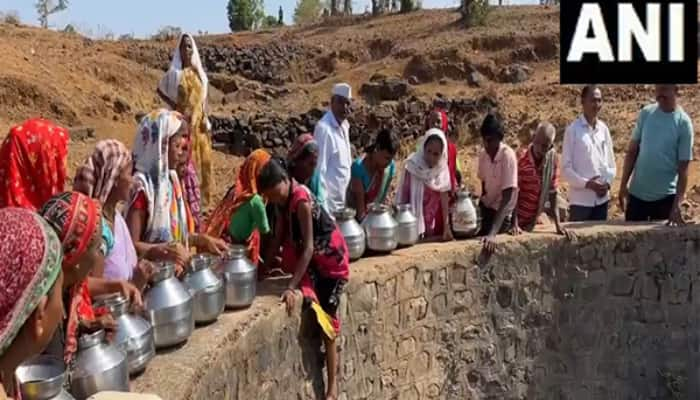KARACHI: Persistent water shortage in Indus River at Sukkur and Kotri barrages affecting adversely to Sindh’s agriculture economy and likely to have impact over cotton, sugarcane and paddy crops. According to the irrigation department’s water data, the water level has been recorded 1420.7 ft at Tarbela Dam, while the inflow and outflow of water at the reservoir has been 39,300 and 20,000 cusecs respectively.
Kabul River, a tributary of Indus River feeding 31,600 cusecs of water in the river. The inflow of water at Sukkur Barrage has been 24,860 cusecs and outflow has been 6,630 cusecs while the water requirement has been 28,850 cusecs, which points out a water shortage of 37%. Meanwhile, water inflow at Kotri Barrage in the downstream of the river has been 4,365 cusecs while the outflow has been only 190 cusecs.

Here 6,800 cusecs water required thus the water shortage has reached to 36% at Kotri Barrage. Overall Sindh’s three barrages Guddu, Sukkur and Kotri, have overall 35,655 cusecs, while the available water has been 27,799 cusecs, which pointing out 22.03 percent scarcity of water.
The impact of the water shortage at canals has become obvious, as the Rohri Canal being feed 8,000 cusecs instead of 12,500 cusecs water, the Nara Canal being supplied 8,000 cusecs instead of 12,600 cusecs of water. Khairpur East and West canals being supplied 1220 cusecs and 1010 cusecs water respectively. Experts predicting an intense water crisis for agriculture crops and drinking water if the current water situation remains unchanged.
.
Top

Sindh’s agriculture bears brunt of river water shortage

KARACHI: Persistent water shortage in Indus River at Sukkur and Kotri barrages affecting adversely to Sindh’s agriculture economy and likely to have impact over cotton, sugarcane and paddy crops. According to the irrigation department’s water data, the water level has been recorded 1420.7 ft at Tarbela Dam, while the inflow and outflow of water at [...]











